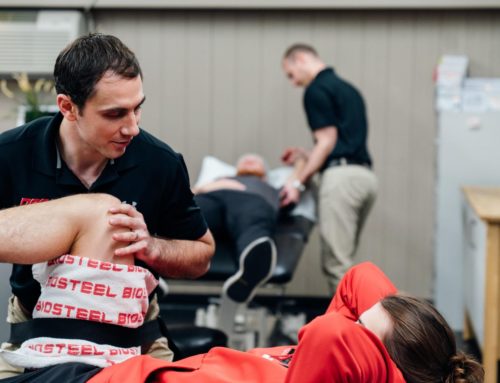Load Management Part 1
I’m sure most of you have heard the term “Load Management” during the Raptors season last year with Kawhi, but what does it really mean? Load management is looking at the acute to chronic workload of an individual. The acute workload is what you’ve done training wise over the past seven days and chronic workload is the training workload over the 4 weeks prior. Weekly load changes greater than 15% of the chronic workload has been flagged as an injury risk (Drew, Cook & Finch 2016)
Especially at the start of the year, most of us are probably excited to get into the gym or get back to routine after a short layoff, which is great! Unfortunately, sometimes the mindset at the start can be overzealous and along the lines of “I’m going to go to the gym everyday of the week” but if prior to the New Year you were only in the gym 2-3x a week, that would be a huge spike in workload and would put you well above the 15% increase from your chronic workload.
Load Management Part 2
As the gym routine becomes more consistent, the weight in the gym that you’re able to lift goes up as well. Especially more novice lifters who tend to get a big spike in the amount of weight they are able to lift as motor unit recruitment becomes more efficient. What that means from a load management perspective is that it is a good idea to keep an eye on the total volume lifted per week. The same principles apply with >15% increase in volume showing an increase in risk for injuries on the tendon spectrum.
Move Well Before You Move More
Go back to basics. Make sure you are able to go through the full range of motion for each exercise you complete and that you are in control through the full range. If adding weight to a bar changes the movement pattern significantly, it’s likely too heavy for you at this time. There are always ways to modify to get the intended stimulus without putting your body in a compromised position. For example, if you can squat to depth with body weight, you should be able to keep a similar range with a barbell on your back.
Written by: Sean Meagher, Registered Physiotherapist






